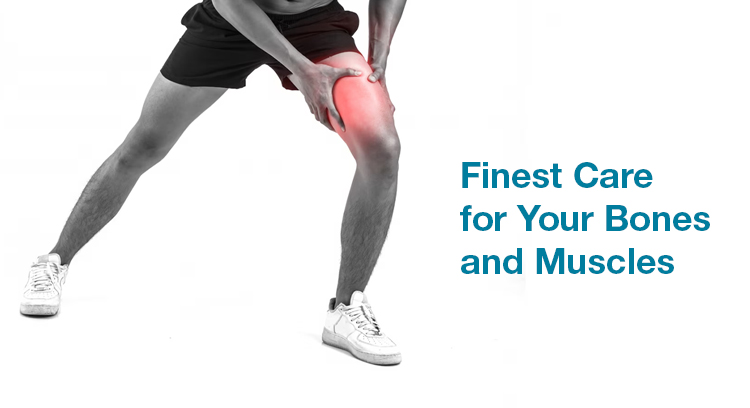Birth and Developmental Deformities of Limbs
When a part or the entirety of the upper or lower limb does not develop normally during foetal development, it results in congenital or birth and developmental limb defects. This condition can impact the bones, muscles, tendons, or ligaments within the limb. Additionally, limb deformities may lead to pain, discomfort, and challenges in performing daily activities.
Apollo Hospitals in Jubilee Hills is the home to best paediatric orthopaedic surgeons in Hyderabad. Proficient in addressing a diverse range of congenital limb deformities, these experts provide exceptional treatment and care for children with various orthopaedic conditions on a global scale.
Types of Congenital Limb Deformities
- Polydactyly: It is an extra finger or toe condition, which can be found on the thumb or great toe side, in the middle or index fingers, or on the ulnar or fibular side.
- Symbrachydactyly: A rare hand deformity where fingers are unusually short, missing, or connected, affecting the bones, muscles, ligaments, and nerves.
- Syndactyly: Fusion of fingers or toes, either in soft tissue or involving bones. Different types of syndactyly have various inheritance patterns and associations with genetic syndromes.
- Clinodactyly: Curving of a finger, typically the little finger, but it can affect other fingers too.
- Macrodactyly: Uncommon condition with abnormally large toes or fingers due to overgrowth of bones and soft tissues.
- Clubfoot: A congenital foot deformity where the front part turns inward, and the heel points down, sometimes facing sideways or up.
- Bowed Legs: Legs curve outward at the knee, creating a gap between the knees when standing.
- Knock Knees: Legs form an angle where knees touch while ankles are apart.
- Leg Length Discrepancy: One leg is shorter than the other, with differences ranging from minimal to several inches.
What Causes Congenital Limb Deformities
- Genetic Factors: Congenital limb differences are linked to conditions affecting foetal development, encompassing genetic abnormalities, growth restrictions, and mechanical forces in the uterus.
- Maternal exposures: The risk of congenital limb deficiencies may increase due to exposure to specific chemicals, viruses, and medications during pregnancy.
- Tobacco smoke: While additional research is necessary, there is some indication that maternal exposure to tobacco smoke during pregnancy might be correlated with a heightened likelihood of congenital limb differences.
- Other birth defects: Certain types of limb reduction defects may be connected with other birth disorders, such as heart defects.
Diagnosis
Congenital limb differences may be identified either during a prenatal ultrasound before birth or as soon as a child is born. When detected before birth, expectant parents have an opportunity to explore treatment options and plan ahead for their child’s care.
For those not diagnosed prenatally, doctors conduct a thorough physical examination after birth. In some cases, X-rays or MRI scans may be ordered to confirm the diagnosis and assess any underlying bone issues. Although rare, these tests help in determining the nature of the limb difference.
To enhance early detection during pregnancy, expectant parents can also consider prenatal tests such as blood tests, ultrasounds, and amniocentesis. These tests play a crucial role in identifying congenital limb deficiencies, providing valuable information for planning postnatal treatment when abnormalities are discovered.
Treatment
The main objective of treatment is to maximise the child’s limb functionality, enabling them to grow up independently and with confidence. Treatment options vary based on the nature of the limb difference and its impact on the child. These may involve:
- Physical therapy and occupational therapy to enhance strength and functionality.
- The use of a splint or brace to provide support to the affected limb.
- Surgical interventions, including reconstructive or limb-lengthening surgery, to address the limb difference.
- The consideration of an artificial limb, such as a prosthetic, as part of the treatment plan.




